NSF awards UCSD team $39M to improve integration of distributed energy resources into grid; EV batteries also
Green Car Congress
OCTOBER 30, 2020
To provide 50%—or more—of power from clean energy sources, power grids will have to be able to leverage distributed energy sources, and reliably manage dynamic changes, while minimizing impact on customer quality of service. We will be replicating the entire California power grid on one campus.



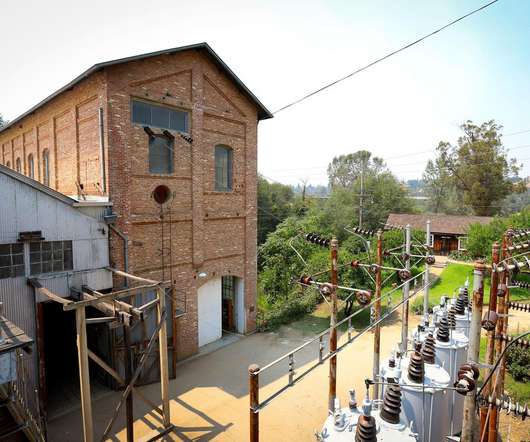

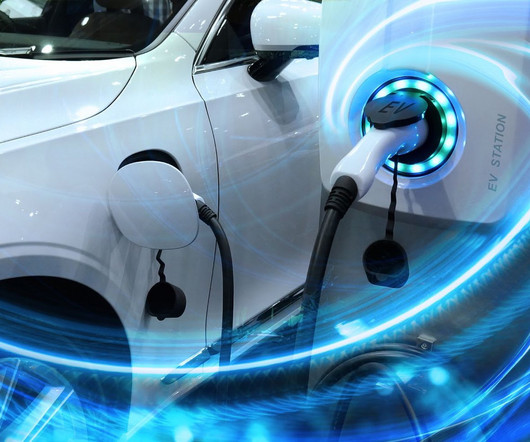
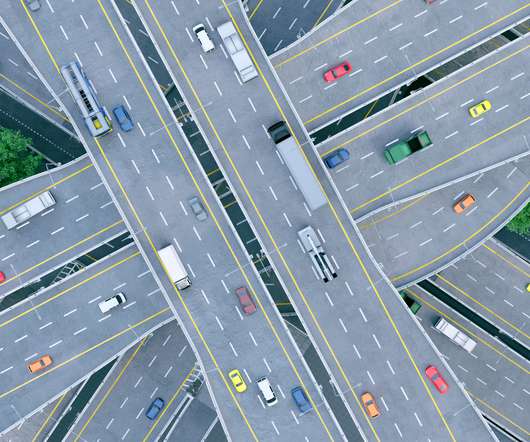





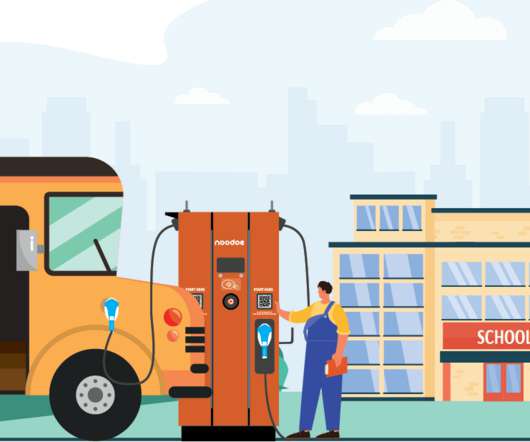



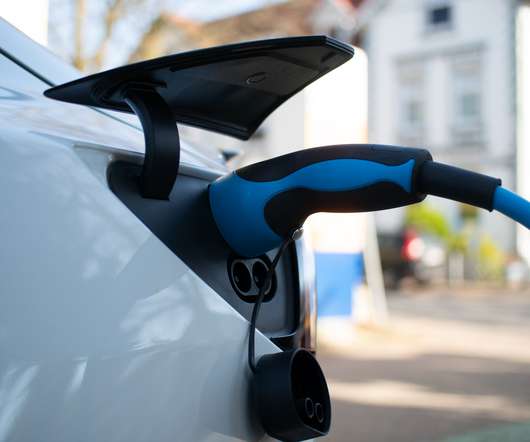






Let's personalize your content